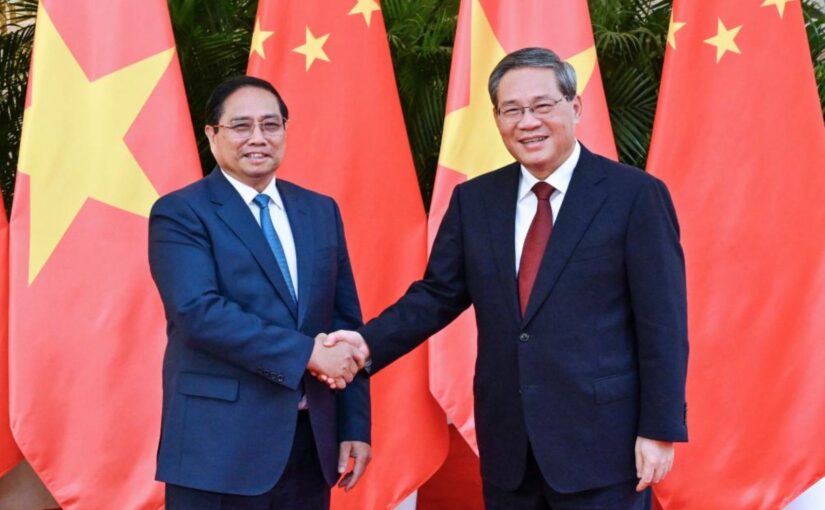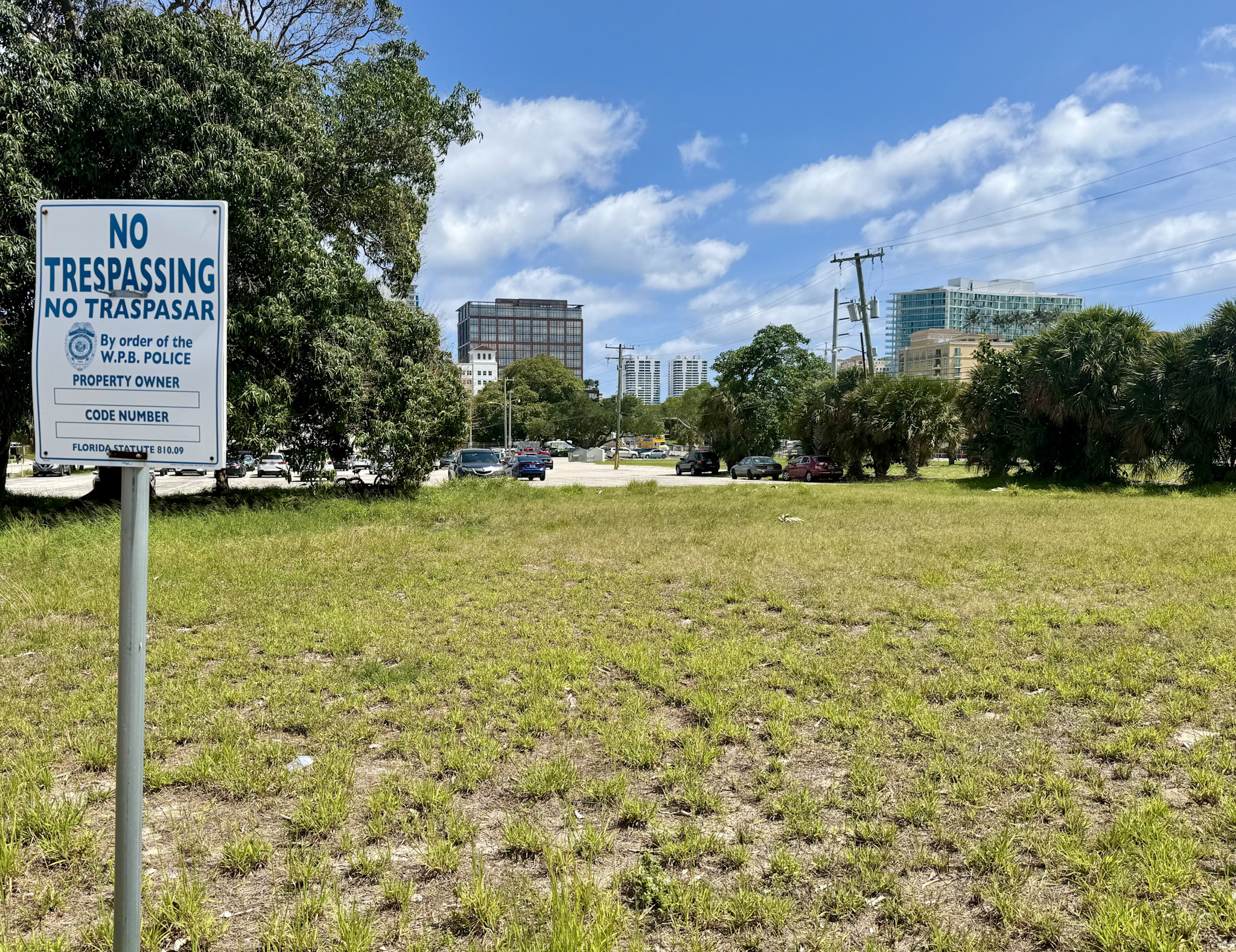Report on the Inaugural Meeting of the Inter-Agency Task Force for Smart City Development in Vietnam
Strategic Imperative for Sustainable Urbanization
A high-level meeting in Hà Nội underscored that smart urban development is an indispensable strategy for Vietnam to achieve its national objectives in alignment with the global Sustainable Development Goals (SDGs). Deputy Prime Minister Nguyễn Chí Dũng articulated that this path is crucial for fostering sustainable growth, directly contributing to SDG 11 (Sustainable Cities and Communities). The initiative aims to enhance the quality of life for citizens and improve the efficiency of urban governance. Furthermore, the development of a robust digital and urban economy was identified as a primary driver for national economic progress, supporting SDG 8 (Decent Work and Economic Growth) through the strategic integration of information technology and digital transformation.
Establishment and Mandate of the Coordinating Task Force
The establishment of an inter-agency task force was deemed a timely and critical measure to centralize coordination and accelerate progress. This collaborative approach embodies the principles of SDG 17 (Partnerships for the Goals) by creating a platform for institutional development and problem-solving. The task force is mandated to:
- Serve as the central coordinating body for smart city initiatives nationwide.
- Guide and assist localities, particularly the six centrally-run cities, in implementing pilot projects.
- Oversee the implementation of relevant projects and initiatives.
- Report challenges and propose policy improvements to the Prime Minister.
Policy Review and Framework Development
The meeting addressed key policy instruments governing sustainable urban development. A preliminary report on the implementation of Việt Nam’s sustainable smart urban development project for 2018–2025, with a vision to 2030 (Project 950), was reviewed. This review is a critical step in assessing progress towards SDG 11. Concurrently, delegates provided input on a draft government decree on smart city development. The Ministry of Construction has been tasked with leading the finalization of this decree under a fast-track procedure for submission to the Government by August 15. This legislative action aims to create a solid legal framework to guide sustainable and inclusive urban development.
Key Directives and Strategic Focus Areas
The Deputy Prime Minister issued several key directives to guide the nation’s approach to smart city development, ensuring alignment with long-term sustainability and innovation goals.
- Promote Domestic Industry and Innovation: A clear roadmap is required to develop smart city-related industries. This directive supports SDG 9 (Industry, Innovation, and Infrastructure) by aiming to enhance domestic production capabilities and reduce reliance on imported technologies.
- Integrate Digital Transformation at the Local Level: A proposal was made to integrate digital transformation with smart city development through pilot projects in selected communes or wards. This focused approach seeks to avoid scattered and inefficient investment, ensuring that technological advancements directly benefit communities and advance the targets of SDG 11.
- Leverage Public-Private Partnerships (PPPs): The critical role of PPPs was highlighted as essential for mobilizing resources and expertise. This strategy is central to achieving SDG 17, fostering collaboration between the public and private sectors to deliver complex and capital-intensive smart urban infrastructure.
Action Items and Timeline
To maintain momentum, a series of immediate actions were mandated for relevant government bodies:
- Ministry of Construction: To coordinate with the Government Office, collect feedback on the draft decree, and conduct study tours to learn from international best practices. Feedback on the draft decree is due by July 20.
- All Ministries, Agencies, and Localities: To develop and submit their respective action plans to the task force by July 25.
- Ministry of Construction and Ministry of Science and Technology: To collaborate on preparing the final evaluation of Project 950 by the end of July.
Analysis of SDGs in the Article
1. Which SDGs are addressed or connected to the issues highlighted in the article?
-
SDG 11: Sustainable Cities and Communities
- The entire article is centered on “smart urban development,” which is a core component of creating sustainable cities. It explicitly mentions the goal of “sustainable growth, improving the quality of life for people, and strengthening urban governance and operation.” The focus on Việt Nam’s “sustainable smart urban development project for 2018–2025” directly links to this goal.
-
SDG 9: Industry, Innovation and Infrastructure
- The article emphasizes the need to integrate “IT and digital transformation” into urban planning. It calls for the development of “smart city-related industries, aiming to boost domestic production and reduce reliance on imports.” This focus on technological upgrading, industrial development, and building new infrastructure (smart cities) aligns with SDG 9.
-
SDG 8: Decent Work and Economic Growth
- The article highlights the economic benefits of smart cities, stating that “the digital economy can significantly boost national growth” and the “urban economy can also become a strong driver of economic development.” This directly connects to the goal of promoting sustained and inclusive economic growth.
-
SDG 17: Partnerships for the Goals
- The article details the formation of an “inter-agency task force for coordinating smart city construction and development” to serve as a “central coordinator.” It also explicitly highlights the “role of public-private partnerships in smart urban development.” These actions are central to building effective partnerships and strengthening policy coherence for sustainable development.
2. What specific targets under those SDGs can be identified based on the article’s content?
-
Under SDG 11 (Sustainable Cities and Communities):
- Target 11.3: Enhance inclusive and sustainable urbanization and capacity for participatory, integrated and sustainable human settlement planning and management. The article’s focus on “smart urban development,” “improving urban governance,” and coordinating with localities to implement projects directly supports this target.
- Target 11.a: Support positive economic, social and environmental links between urban, peri-urban and rural areas by strengthening national and regional development planning. The creation of the task force to coordinate and guide localities and the development of a “clear investment roadmap” aligns with strengthening national development planning.
-
Under SDG 9 (Industry, Innovation and Infrastructure):
- Target 9.b: Support domestic technology development, research and innovation. The call to “promote smart city-related industries, aiming to boost domestic production and reduce reliance on imports” is a direct reflection of this target.
- Target 9.c: Significantly increase access to information and communications technology. The emphasis on the “digital economy” and the “integration of IT and digital transformation” implies a goal of increasing access to and utilization of ICT as a foundation for smart cities.
-
Under SDG 8 (Decent Work and Economic Growth):
- Target 8.2: Achieve higher levels of economic productivity through diversification, technological upgrading and innovation. The article posits that “with proper planning and the integration of IT and digital transformation, the urban economy can also become a strong driver of economic development,” which is the essence of this target.
-
Under SDG 17 (Partnerships for the Goals):
- Target 17.14: Enhance policy coherence for sustainable development. The establishment of the “inter-agency task force” and the drafting of a “decree on smart city development” are concrete actions to ensure different government bodies work together coherently.
- Target 17.17: Encourage and promote effective public, public-private and civil society partnerships. The article explicitly “highlighted the role of public-private partnerships in smart urban development.”
3. Are there any indicators mentioned or implied in the article that can be used to measure progress towards the identified targets?
-
For SDG 11 Targets:
- Implied Indicator: The number of cities and localities implementing pilot smart urban projects. The article mentions assisting “localities, especially the six centrally-run cities, in implementing pilot smart urban projects.”
- Implied Indicator: The status of the national policy framework for smart cities. Progress can be measured by the successful drafting and submission of the “Government’s draft decree on smart city development” by the August 15 deadline.
- Implied Indicator: The completion of the final evaluation of “Việt Nam’s sustainable smart urban development project for 2018–2025 (Project 950).”
-
For SDG 9 Targets:
- Implied Indicator: The ratio of domestic production to imports in smart city-related industries. The goal is to “boost domestic production and reduce reliance on imports.”
- Implied Indicator: The existence of a formal “clear roadmap to promote smart city-related industries.”
-
For SDG 8 Targets:
- Implied Indicator: The contribution of the digital and urban economy to national GDP growth. The article states the “digital economy can significantly boost national growth.”
-
For SDG 17 Targets:
- Implied Indicator: The establishment and operational status of the “inter-agency task force.” The article reports on its first meeting.
- Implied Indicator: The number and scale of public-private partnerships formed for smart urban development.
4. Summary Table of SDGs, Targets, and Indicators
| SDGs | Targets | Indicators (Mentioned or Implied in the Article) |
|---|---|---|
| SDG 11: Sustainable Cities and Communities | 11.3: Enhance inclusive and sustainable urbanization and planning. 11.a: Strengthen national and regional development planning. |
– Number of localities implementing pilot smart urban projects. – Submission and approval of the government decree on smart city development. – Final evaluation of Project 950. |
| SDG 9: Industry, Innovation and Infrastructure | 9.b: Support domestic technology development and innovation. 9.c: Increase access to ICT. |
– Ratio of domestic production vs. imports for smart city industries. – Existence of a clear roadmap for promoting smart city industries. – Level of integration of IT and digital transformation in urban areas. |
| SDG 8: Decent Work and Economic Growth | 8.2: Achieve higher economic productivity through technological upgrading and innovation. | – Contribution of the digital and urban economy to national growth. |
| SDG 17: Partnerships for the Goals | 17.14: Enhance policy coherence for sustainable development. 17.17: Encourage effective public-private partnerships. |
– Establishment and functioning of the inter-agency task force. – Number and effectiveness of public-private partnerships in smart urban development. |
Source: vietnamnews.vn







